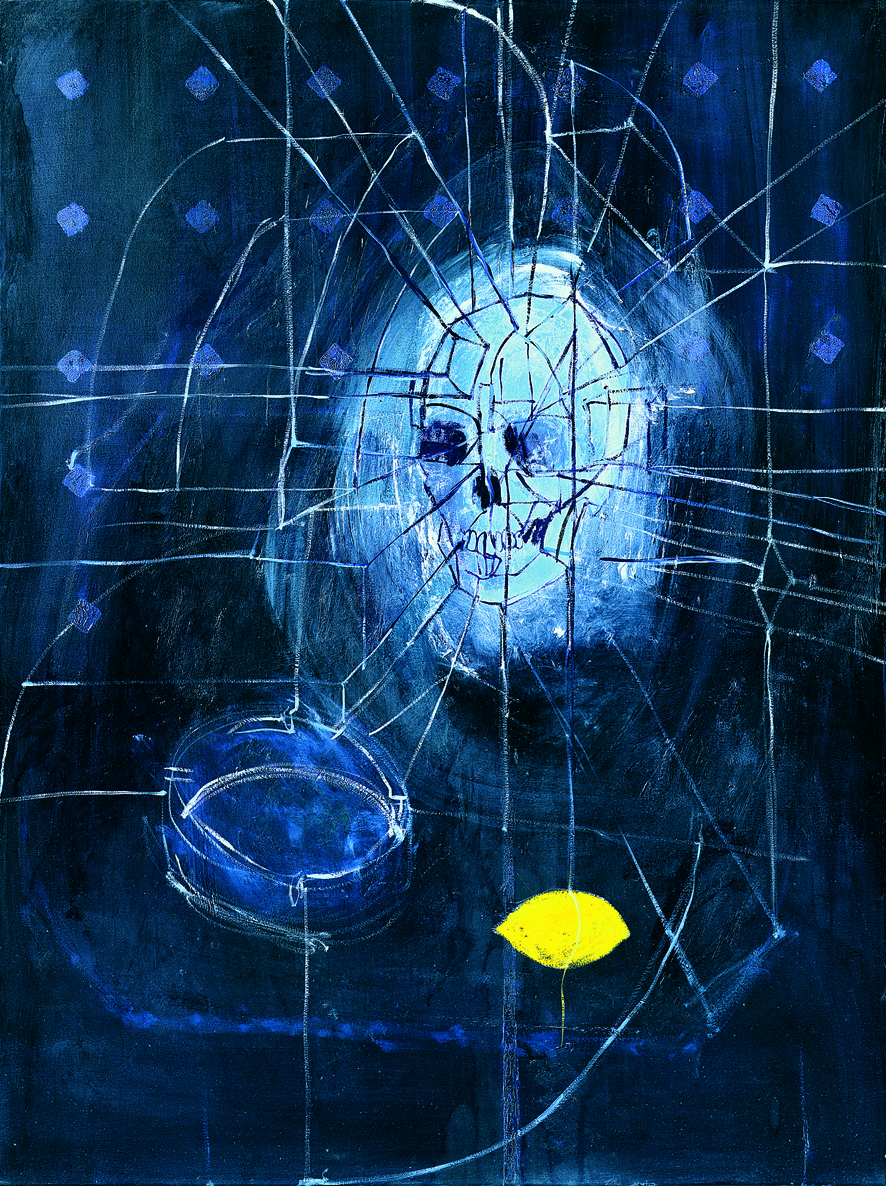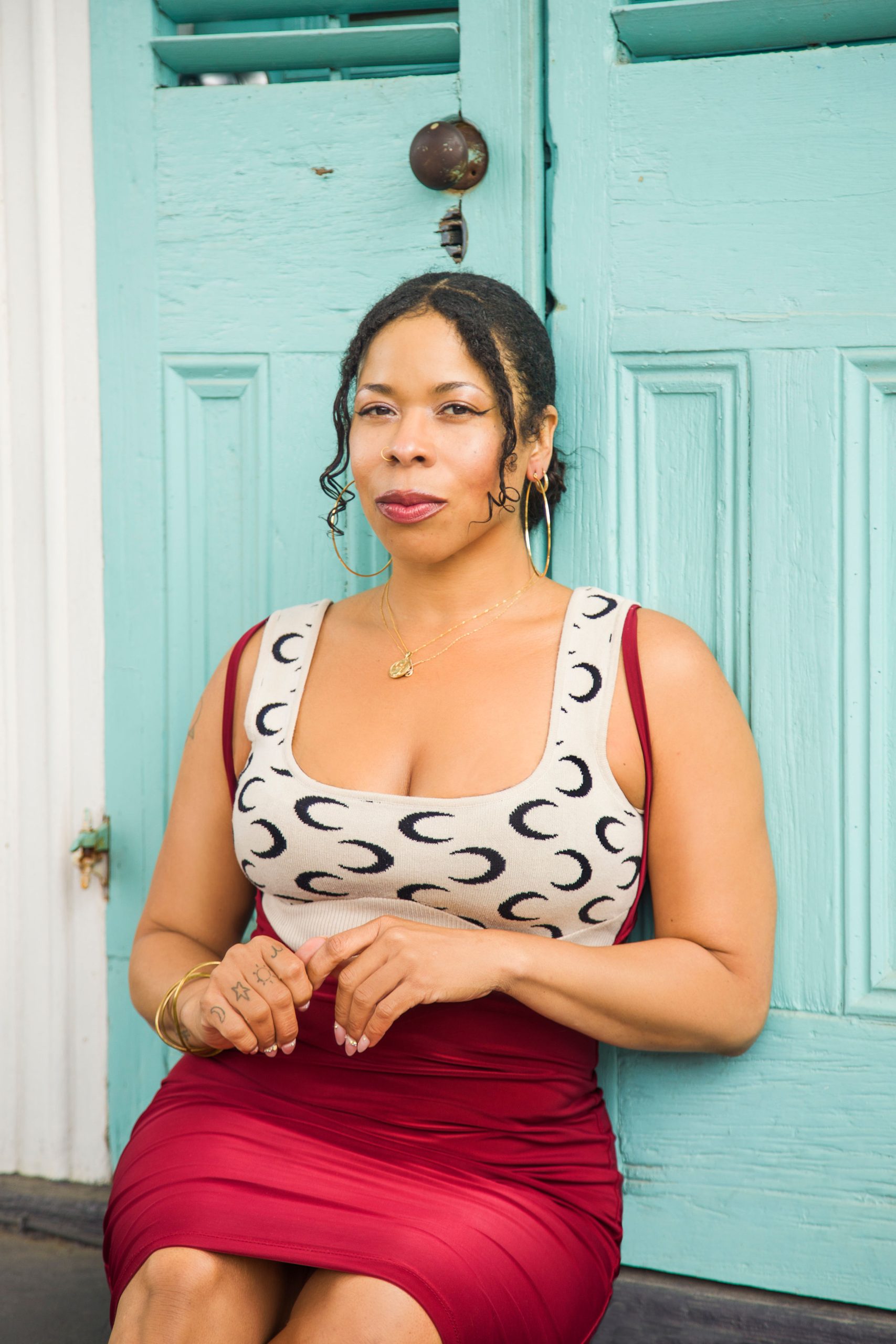 At the end of his exhibit, I came across a guide called, “Damien Hirst’s Wallace Collection Trail,” containing short, chatty write-ups on twenty-six works in the permanent collection that have ‘ignited’ his imagination. For the next hour, with Hirst as my guide, I followed the trail.
At the end of his exhibit, I came across a guide called, “Damien Hirst’s Wallace Collection Trail,” containing short, chatty write-ups on twenty-six works in the permanent collection that have ‘ignited’ his imagination. For the next hour, with Hirst as my guide, I followed the trail.
Damien Hirst’s new exhibition in London shows paintings made by his own hand. This is a radical departure for an artist who has used production studios to create much of his previous work. Shown in a gallery along side the great masters – Titian, Van Dyck and Rembrandt – do his paintings stack up?
Hirst is a conceptual artist associated with the “Young British Artists,” a group who came to prominence in Britain during the 1990s. Though no longer young, Hirst is rumored to be the richest working artist in the world and renowned for his headline-grabbing tactics and money-grabbing schemes.
Whether it’s a mysterious consortium buying his diamond-encrusted skull or a fight with a teenager over stolen pencils, his art comes with a lot of noise. At his shows, it can be hard to focus on the art as the provocations threaten to take center stage, like a toddler is screaming in the background.
The new show, “No Love Lost, Blue Paintings,” is in a quiet, grand mansion called Hertford House. Tucked behind Oxford Street in a leafy square, the gallery is draped in silk wallpaper and gilded cornices. It is an unusual choice for an artist who often shows in stripped spaces with white walls and concrete floors. The exhibit features twenty-five new works painted himself, another significant break that comes after the closure of some of his production studios.

Hirst chose to show in this gallery, which houses the Wallace Collection and includes many famous pieces, as “my new works somehow feel like they belong here.” With a reputation like his, this is equivalent to pulling down your pants and waving your bare bum around. Chances are it will get smacked.
And smacked it has. The exhibition has been deemed, “not worth looking at,” “a stupefying admission of defeat,” and “deadly dull” by the British press. If a strong reaction is what Hirst was after, the show is a success. Could the paintings be that bad, or is the press reacting to his tactics? Earplugs in hand, I went to see for myself.
The Blue Paintings are striking as a group in the ornamental rooms. Hirst’s polka dots stretch forward on the canvas. A lemon is round and ripe enough to pluck. Thick blue paint is stacked in deep, bold strikes. There is a way to get inside these paintings, like Hirst might be inviting the viewer to engage in something closer to a conversation. But something wasn’t quite right.
At the end of his exhibit, I came across a guide called, “Damien Hirst’s Wallace Collection Trail,” containing short, chatty write-ups on twenty-six works in the permanent collection that have “ignited” his imagination. For the next hour, with Hirst as my guide, I followed the trail.
On Rembrandt’s “Titus, the Artist’s Son,” Hirst talks about being a father and wanting to make a sculpture that captures a similar feeling of beauty and vulnerability, but that he only has a title so far, “devoured by a desire to walk in front of you with a duvet till you die.”

Picking out an early 16th century rosary bead, he expresses wonder at such a big image on a small scale, “you don’t need gold, silver or diamonds,” to make something desirable. A German Close Helmet is selected as one of the strangest in the collection, because, “it looks more like a sad turkey…a bonkers last thing to see just before your head is smashed in.”
Of “Flowers on a Fountain with a Peacock,” by Jan Weenix, he discusses the various meanings that could be ascribed to the symbols, “none of these interpretations are wrong–they are all correct,” a 16th century plate, “I’d definitely buy it at a car boot sale,” and a sculpture that captures the essence of a hermaphrodite, “we didn’t get taught about this at school.”
This was the overarching message in Hirst’s guide: Bring your own life and experience to the classics. Don’t listen to all the noise around these works. React to them and enjoy them. This was refreshing, especially for an art lover who can spend more energy straining to remember art history than on enjoying the work. For that hour, I focused on what I know and felt. Hirst made The Wallace Collection great fun.
And perhaps fun is what the Blue Paintings are missing. The work feels dour, serious and staid, which doesn’t play to the artist’s strengths. His previous output, including pickled sheep and diamond-encrusted skulls, contains a defiance of death that brims with humor and borders on the absurd. It’s hard to know if you should laugh or cry in response–contradiction is captivating.
In the exhibition, the humor missing from the canvas was found in Hirst’s guide. But it was an odd message to receive from him: react to the art on its own terms. I tried to do this when looking at the Blue Paintings, but how can I with all the noise?
___
“No Love Lost, Blue Paintings by Damien Hirst” is at The Wallace Collection until January 24th, 2009




3 responses
These paintings are the logical culmination of Hirst’s critical enterprise: his work up till now has attempted to dislocate the artist in general, the artist as author, bla bla bla, the result of which has been his rise to prominence as an artist. In order to progress now he’s got to destroy himself as an artist via, apparently, exhibiting a bunch of shitty paintings, painting that aren’t just shitty but that are constructed to be read as shitty, a move which is of course only going to help his reputation in the long run paradoxically whatever bla bla bla bla bla bla
Purposeful shit-ness?
In one way, I can see how ‘destroying himself as an artist’ might work for a narrative. Something like: He hit the heights with his huge auction (if money = heights) and now needs to fall from grace in order to be reborn at a later date. But wouldn’t it be a better story if he suddenly became known as a master painter, renowned for his technical prowess? The joke, that he didn’t actually need craftsman in production studios, would be on us?
Sell your Hirsts before they fall further. The guy was once amusing now he is about as interesting as non alcoholic vodka. This exhibition might awaken people to how weak a kunstler we have amongst us. Gwynneth
Click here to subscribe today and leave your comment.